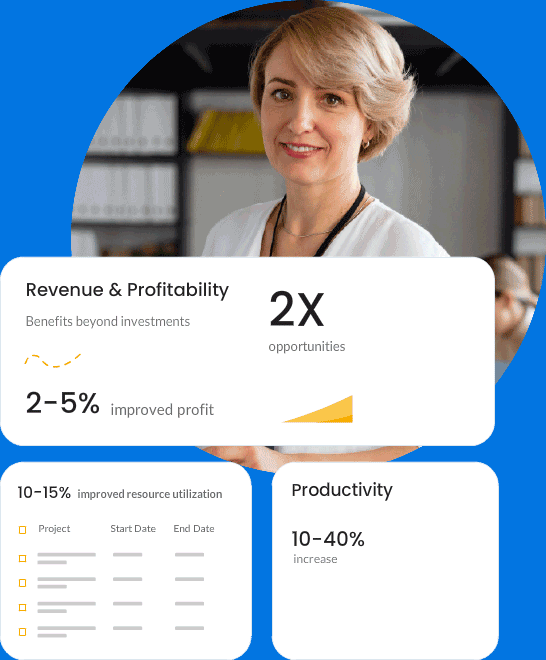Navigating Success Together.
Join the flight with Kytes.
AI-Enabled PSA + PPM Software
The PSA + PPM software managing 100,000+ projects, worth billions in dollars with users present in 20+ countries
Enhance project execution with optimized resources, improved efficiency, higher margins, and stronger project management while reducing DSO to ensure consistent cash flow and long-term success.
LEARN MOREBring products to market faster with streamlined processes and full visibility across your portfolio. Stay ahead of the competition by reducing time to market, all while meeting regulatory compliance and dossier management.
LEARN MOREPrioritize key initiatives that deliver the most value, ensuring every effort contributes to your organization’s long-term success and drives meaningful impact.





Maximize the revenue and profitability from each of your projects.
Maximize the potential of your most valuable assets – Your people.
Maximize the value realization from each of your projects.
Start projects strong with a thorough approach to molecule selection and business case preparation.
Digitize & automate each of your processes to drive efficiency, first-time-right & visibility.
Increase Efficiency and Accuracy of your Estimations.
Update Effort Spent Accurately and Efficiently.
Accelerate market entry with market readiness and business strategies for timely and successful market introductions.
Simplify regulatory compliance with document control, efficient query handling, and compliance tracking, reducing FDA queries.

BLOG
READ THIS BLOG
BLOG
READ THIS BLOG

BLOG
READ THIS BLOG